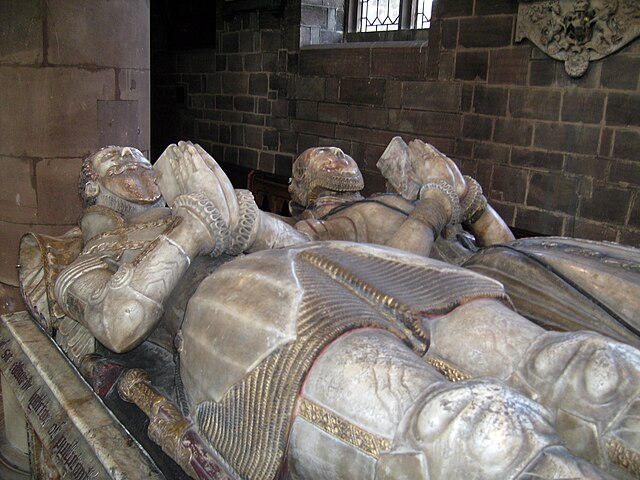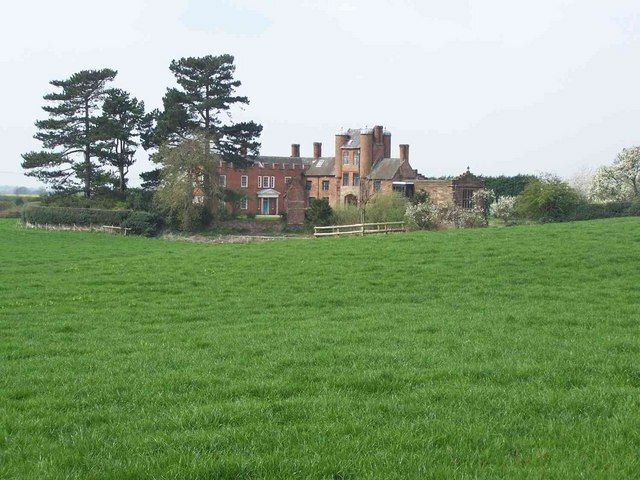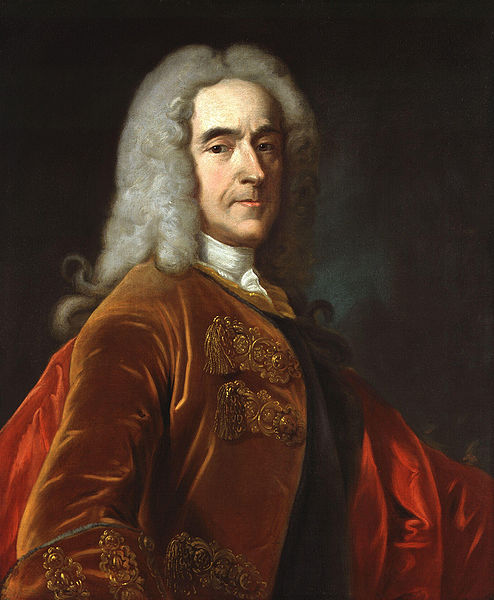Edward Littleton (died 1610)
Sir Edward Littleton was a Staffordshire landowner, politician and rebel from the extended Littleton/Lyttelton family. A supporter of Robert Devereux, 2nd Earl of Essex, he was the victim of a notorious electoral fraud in 1597 and a participant in the Essex Rebellion, although he escaped with his life. In the reign of James I he was elected a member of the parliament of England.
Tomb of two Sir Edward Littletons, father and son. East wall of north chancel aisle. Lower stage: Sir Edward Littleton (d. 1610) and his wife, Margaret Devereux. Upper stage: Sir Edward (d. 1629), and his wife, Mary Fisher. Their son, also Sir Edward, became the first baronet in 1627.
Sir Edward Littleton, who succeeded in 1574 and died in 1610, as portrayed on a double tomb in St. Michael's church, Penkridge.
Tomb of Littleton's parents, Sir Edward Littleton (died 1574) and Alice Cockayne, in St. Michael's church, Penkridge.
Penkridge parish church today. Littleton bought its property outright, acquiring numerous rights of the former royal peculiar.
The Lyttelton family is a British aristocratic family. Over time, several members of the Lyttelton family were made knights, baronets and peers. Hereditary titles held by the Lyttelton family include the viscountcies of Cobham and Chandos, as well as the Lyttelton barony and Lyttelton baronetcy. Several other members of the family have also risen to prominence, particularly in the field of cricket.
Sir Thomas Littleton (c. 1407–1481), the distinguished judge and writer, ancestor of three branches of the family. Anachronistically costumed.
Remains of Pillaton Old Hall. The original moated manor house became ruinous, but the Gatehouse and Chapel were restored in the 1880s.
Hagley Hall, rebuilt between 1754 and 1760 in Neo-Palladian style. Most owners of Hagley Hall are buried at the adjacent parish church of St John the Baptist.
Field Marshal Richard Temple, 1st Baron and 1st Viscount Cobham (1675–1749)








